Steven Rinella - American Buffalo: In Search of a Lost Icon
Here you can read online Steven Rinella - American Buffalo: In Search of a Lost Icon full text of the book (entire story) in english for free. Download pdf and epub, get meaning, cover and reviews about this ebook. year: 2009, publisher: Spiegel & Grau, genre: Detective and thriller. Description of the work, (preface) as well as reviews are available. Best literature library LitArk.com created for fans of good reading and offers a wide selection of genres:
Romance novel
Science fiction
Adventure
Detective
Science
History
Home and family
Prose
Art
Politics
Computer
Non-fiction
Religion
Business
Children
Humor
Choose a favorite category and find really read worthwhile books. Enjoy immersion in the world of imagination, feel the emotions of the characters or learn something new for yourself, make an fascinating discovery.

- Book:American Buffalo: In Search of a Lost Icon
- Author:
- Publisher:Spiegel & Grau
- Genre:
- Year:2009
- Rating:5 / 5
- Favourites:Add to favourites
- Your mark:
American Buffalo: In Search of a Lost Icon: summary, description and annotation
We offer to read an annotation, description, summary or preface (depends on what the author of the book "American Buffalo: In Search of a Lost Icon" wrote himself). If you haven't found the necessary information about the book — write in the comments, we will try to find it.
A hunt for the American buffaloan adventurous, fascinating examination of an animal that has haunted the American imagination.
In 2005, Steven Rinella won a lottery permit to hunt for a wild buffalo, or American bison, in the Alaskan wilderness. Despite the oddstheres only a 2 percent chance of drawing the permit, and fewer than 20 percent of those hunters are successfulRinella managed to kill a buffalo on a snow-covered mountainside and then raft the meat back to civilization while being trailed by grizzly bears and suffering from hypothermia. Throughout these adventures, Rinella found himself contemplating his own place among the 14,000 years worth of buffalo hunters in North America, as well as the buffalos place in the American experience. At the time of the Revolutionary War, North America was home to approximately 40 million buffalo, the largest herd of big mammals on the planet, but by the mid-1890s only a few hundred remained. Now that the buffalo is on the verge of a dramatic ecological recovery across the West, Americans are faced with the challenge of how, and if, we can dare to share our land with a beast that is the embodiment of the American wilderness.
American Buffalo is a narrative tale of Rinellas hunt. But beyond that, it is the story of the many ways in which the buffalo has shaped our national identity. Rinella takes us across the continent in search of the buffalos past, present, and future: to the Bering Land Bridge, where scientists search for buffalo bones amid artifacts of the New Worlds earliest human inhabitants; to buffalo jumps where Native Americans once ran buffalo over cliffs by the thousands; to the Detroit Carbon works, a bone charcoal plant that made fortunes in the late 1800s by turning millions of tons of buffalo bones into bone meal, black dye, and fine china; and even to an abattoir turned fashion mecca in Manhattans Meatpacking District, where a depressed buffalo named Black Diamond met his fate after serving as the model for the American nickel.
Rinellas erudition and exuberance, combined with his gift for storytelling, make him the perfect guide for a book that combines outdoor adventure with a quirky blend of facts and observations about history, biology, and the natural world. Both a captivating narrative and a book of environmental and historical significance, American Buffalo tells us as much about ourselves as Americans as it does about the creature who perhaps best of all embodies the American ethos
Steven Rinella: author's other books
Who wrote American Buffalo: In Search of a Lost Icon? Find out the surname, the name of the author of the book and a list of all author's works by series.


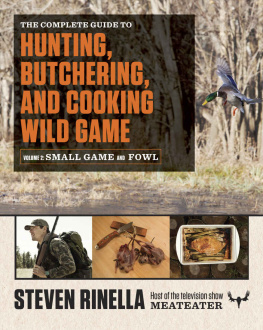
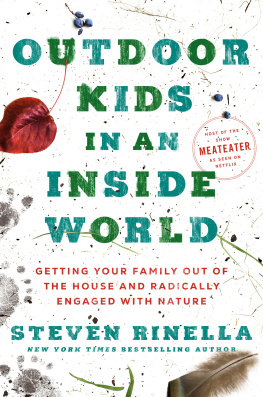



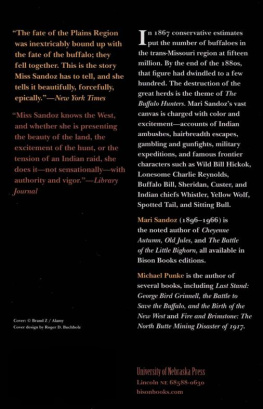
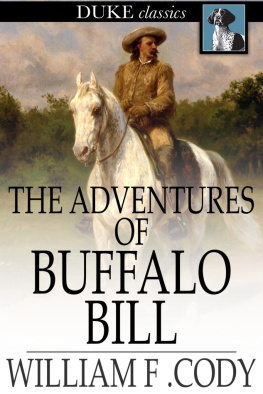

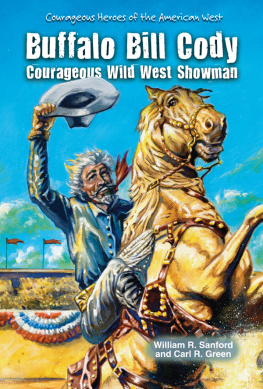
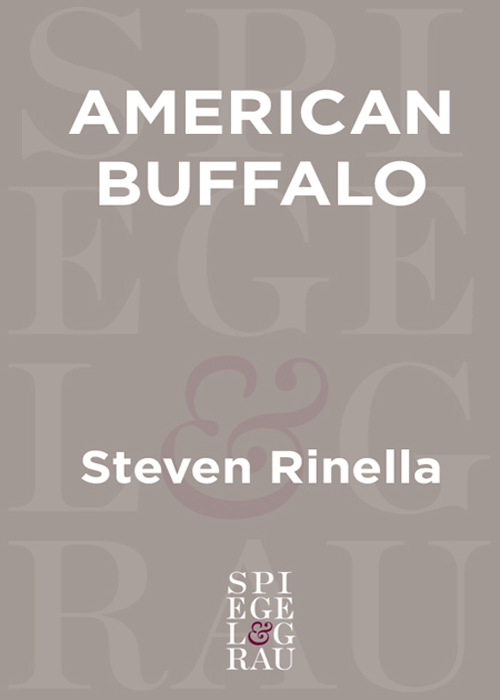

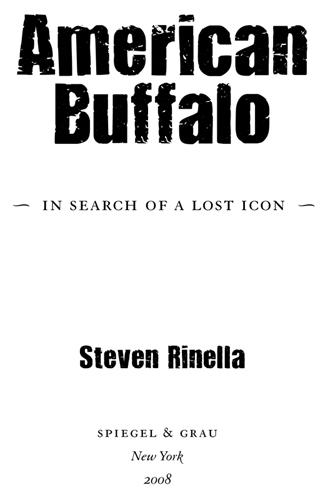
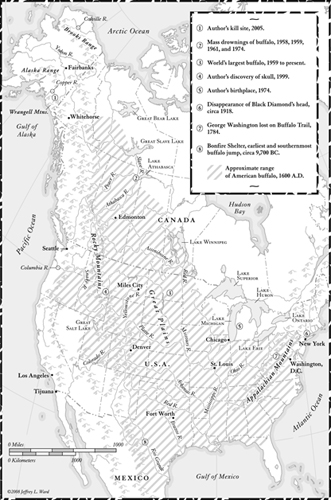
 1
1